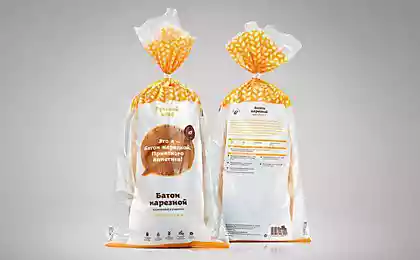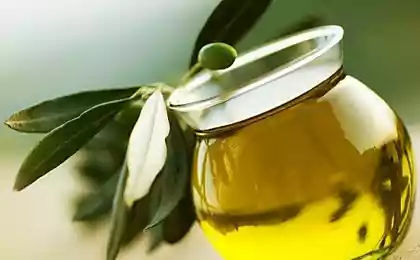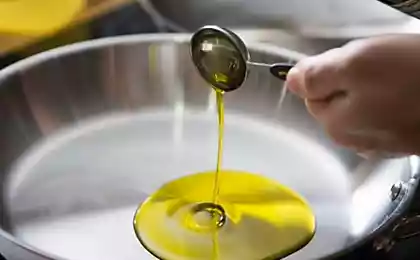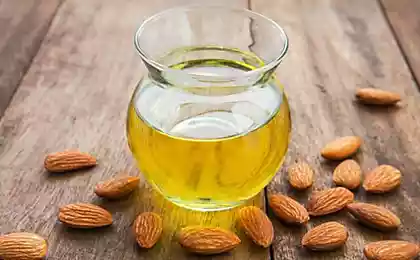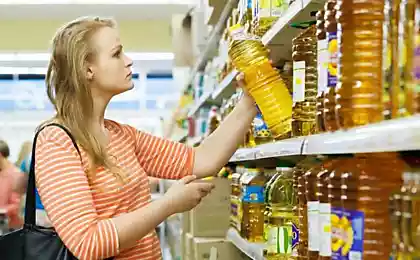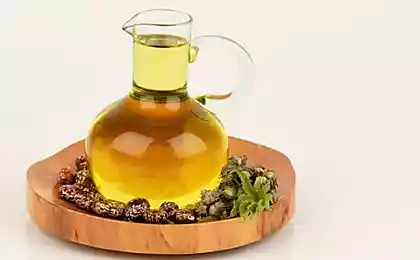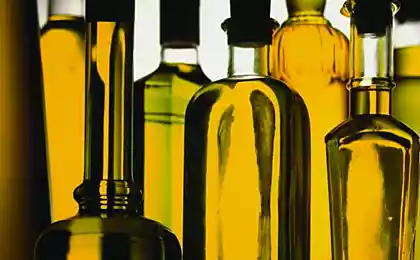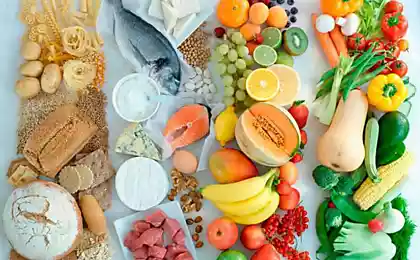187
Old technologist Shargorod oil refinery shared how to check the oil without leaving the cash register
Going to the store for oil today is like walking through a minefield. One wrong move - and now instead of useful products, you have purchased an unknown fake. We tell you how to distinguish real butter from spread.

Real butter, what does the label tell us? Unfortunately, it is impossible to taste oil in the store. So all we have at the buying stage is the labels on the packaging. First of all, we look for information about GOST, according to which the oil is produced.

For butter it is GOST 32261-2013 (entered 01.07.2015). It regulates only three types of oil: traditional (at least 82.5% fat), amateur (from 80%) and peasant (from 72.5%).
If the package says “sandwich oil” or “tea oil”, then such a product does not comply with GOST and is most likely not natural. Having carefully studied it with a magnifying glass, you will surely find the inscription “sandwich mass” in small print.

However, some types of high-quality butter are produced according to TU - technical conditions. Therefore, we pay attention to the composition. Real butter should not contain vegetable fats. Just whole cow's milk and cream, sometimes salt.
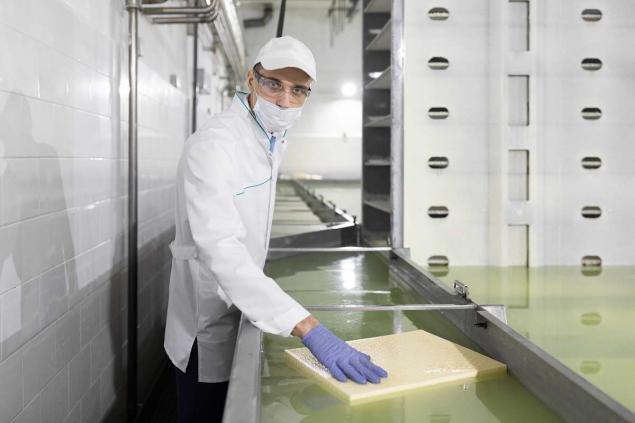
If the oil contains vegetable fats or some “milk fat substitute”, you can not even doubt. You're holding a real margarine. Indirectly about the origin of oil can speak and price. To make 1 kg of oil, you need at least 20 liters of milk. Therefore, natural oil cannot be too cheap.
Natural butter has a light yellow (not white or bright yellow) color. Too yellow indicates that a dye is added to the oil composition. However, the use in small quantities of food coloring carotene GOST 32261-2013 allows.
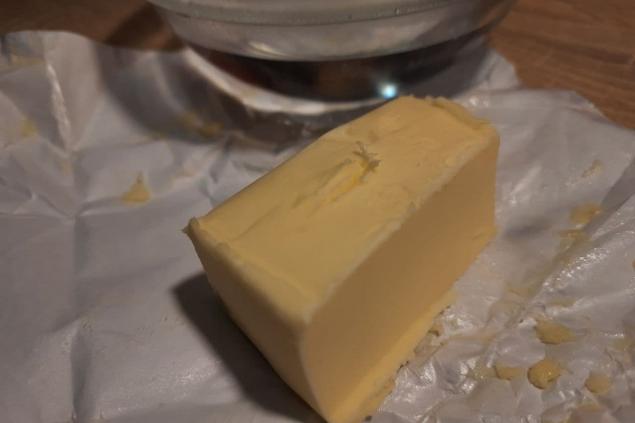
Real butter has almost no flavor of its own. A sour smell may indicate foreign impurities. Quality oil after the freezer remains solid for almost half an hour, and margarine and spread after five minutes can be spread on bread.
It is often asked whether butter should crumble after the freezer. Technology experts say it could crumble. But only if it has too much water or is of poor quality. If the ratio of moisture and fat meets the standard, then this should not be.

Put a piece of butter in hot water. Natural will dissolve evenly, and margarine will break down into separate pieces. Leave a piece of butter on the table. If there are drops of water on its surface - before you the usual spread.

In conclusion, I will say that there is natural butter in stores. You just have to choose it through trial and error. The information on the packaging can not always be trusted, so we focus on our taste, and in controversial cases we double-check everything by experience.

Real butter, what does the label tell us? Unfortunately, it is impossible to taste oil in the store. So all we have at the buying stage is the labels on the packaging. First of all, we look for information about GOST, according to which the oil is produced.

For butter it is GOST 32261-2013 (entered 01.07.2015). It regulates only three types of oil: traditional (at least 82.5% fat), amateur (from 80%) and peasant (from 72.5%).
If the package says “sandwich oil” or “tea oil”, then such a product does not comply with GOST and is most likely not natural. Having carefully studied it with a magnifying glass, you will surely find the inscription “sandwich mass” in small print.

However, some types of high-quality butter are produced according to TU - technical conditions. Therefore, we pay attention to the composition. Real butter should not contain vegetable fats. Just whole cow's milk and cream, sometimes salt.

If the oil contains vegetable fats or some “milk fat substitute”, you can not even doubt. You're holding a real margarine. Indirectly about the origin of oil can speak and price. To make 1 kg of oil, you need at least 20 liters of milk. Therefore, natural oil cannot be too cheap.
Natural butter has a light yellow (not white or bright yellow) color. Too yellow indicates that a dye is added to the oil composition. However, the use in small quantities of food coloring carotene GOST 32261-2013 allows.

Real butter has almost no flavor of its own. A sour smell may indicate foreign impurities. Quality oil after the freezer remains solid for almost half an hour, and margarine and spread after five minutes can be spread on bread.
It is often asked whether butter should crumble after the freezer. Technology experts say it could crumble. But only if it has too much water or is of poor quality. If the ratio of moisture and fat meets the standard, then this should not be.

Put a piece of butter in hot water. Natural will dissolve evenly, and margarine will break down into separate pieces. Leave a piece of butter on the table. If there are drops of water on its surface - before you the usual spread.

In conclusion, I will say that there is natural butter in stores. You just have to choose it through trial and error. The information on the packaging can not always be trusted, so we focus on our taste, and in controversial cases we double-check everything by experience.
Why in some families are born sons, and in others tender daughters
Plants according to the floral horoscope, which will help you find love and your person
